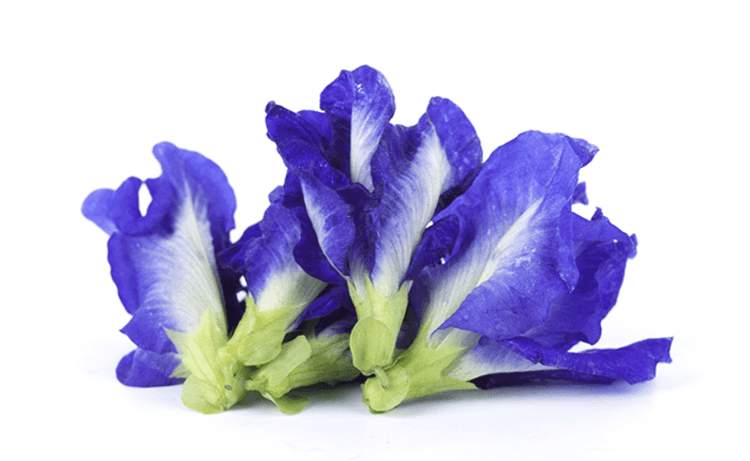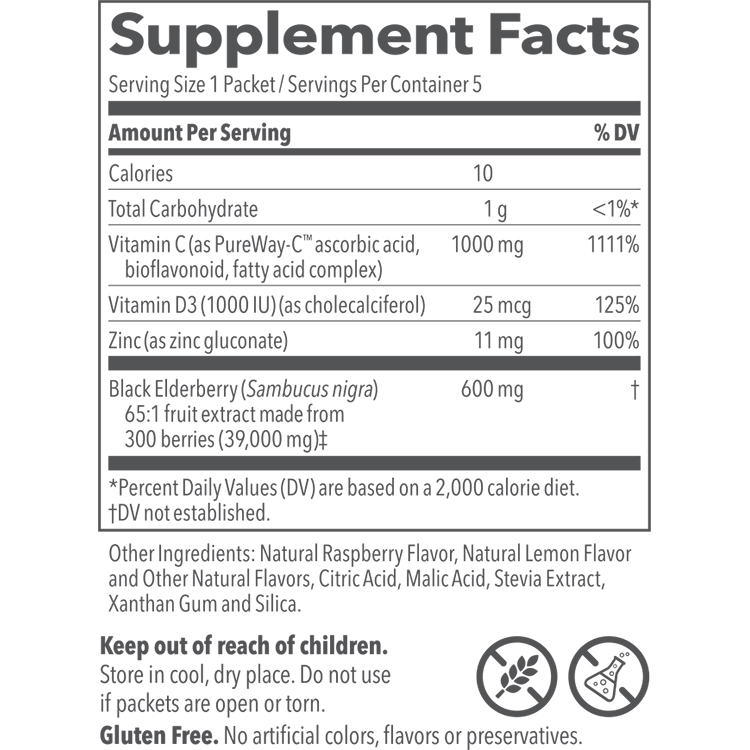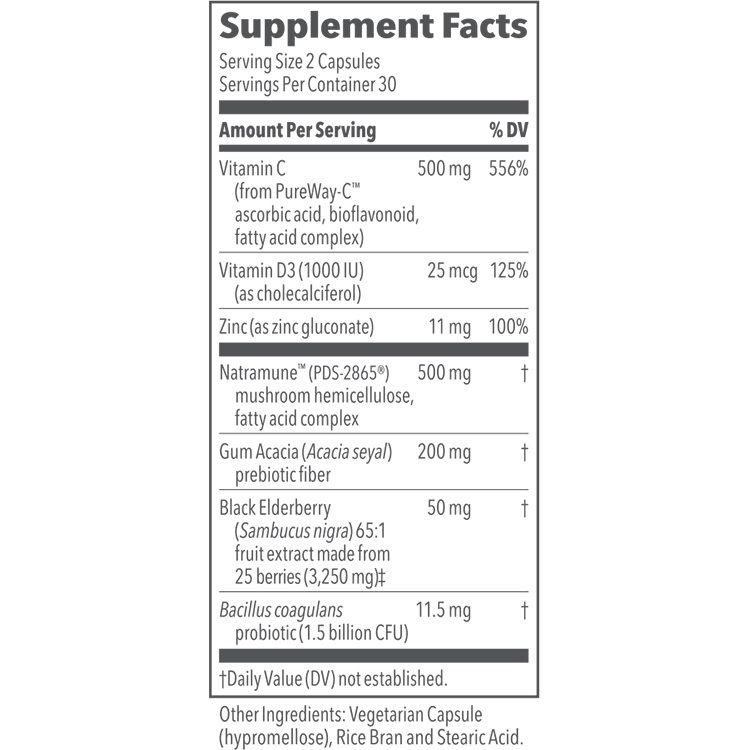BACKGROUND
Ingredient Type: Botanical, Extract
Also Known As: Convolvulus pluricaulis Choisy (C. pluricaulis)
- pluricaulis is a perennial herb that seems like morning glory. Its branches are spread on the ground and can be more than 30 cm long. The flowers are blue in color (5 mm) and the leaves, which are elliptic in shape (2 mm), are located at alternate positions with branches or flowers. Known as Aloe weed in English, the herb is commonly found in India, especially in the state of Bihar. Shankpushpi is a perennial herb that looks like the common morning glory

The C. pluricaulis is an important indigenous medicine in Ayurvedic tradition.
The isolated metabolites and crude extract have exhibited a wide of in vitro and in vivo pharmacological effect, including CNS depression, anxiolytic, tranquilizing, antidepressant, antistress, neurodegenerative, anti-amnesic, antioxidant, hypolipidemic, immunomodulatory, analgesic, antifungal, antibacterial, antidiabetic, antiulcer, anticatatonic, and cardiovascular activity. (2)
A chemical study of this plant was then initiated, which led to the isolation of carbohydrates, proteins, alkaloids, fatty acids, steroids, coumarins, flavonoids, and glycosides as active chemicals that bring about its biological effects. A series of pharmacognostical studies of this plant shows that it is a herb, its stem and leaves are hairy, moreover, it has two types of stomata, anisocytic and parasitic. (3)
TRADITIONAL USES
Shankhpushpi is used for its action on the central nervous system, especially for boosting memory and improving intellect. Shankpushpi is a perennial herb that looks like the common morning glory. The plant is used locally in Indian and Chinese medicine to cure various diseases. It is used in the Ayurvedic formulation for a chronic cough, sleeplessness, epilepsy, hallucinations, and anxiety. (8)
The C. pluricaulis is an important indigenous medicine, which has a long medicinal application for liver disease, epileptic disease, microbial disease, cytotoxic and viral diseases, central nervous system (CNS) disease in Ayurvedic medicine, traditional Chinese medicine and other indigenous medical systems. (1)
WHAT DOES SCIENCE TELL US?
- Overall results for both the intervention viz. Satvavajaya Chikitsa (as Yoga therapy) and Aushadhiya Chikitsa (Shankhapushpi tablet) were significant for all the subtests of WMS, (Weschler’s memory scale). Satvavajaya Chikitsa shows remarkable improvement in immediate recollection in terms of short-term memory while Shankhapushpifound much better in long-term memory enhancement. (3)
- Results reveal that śaṅkhapuṣpī tablet shown highly significant results in improving memory, especially in long-term memory loss in younger age group. (4)
- Satvavajaya Chikitsa shows better results in immediate recollection in terms of short-term memory; while Shankhapushpi found much better in long-term memory enhancement on various tests of WMS. (5)
- The study looked at the impact of stress using Shunthi tablets alone or in combination with Yoga or yoga alone. It concluded there was a significant difference in the tablet cohort when combined with yoga, vs the yoga or table alone. It also showed that table vs Yoga alone, tablet showed better results.(6)
- A review on the available scientific information in terms of pharmacognostical characteristics, chemical constituents, pharmacological activities, preclinical and clinical applications of controversial sources of Shankhpushpi (7)
- This paper is a good review paper on Ayurvedic and pharmacological activities of C. pluricaulis. Citations used are also good resources for reviewing and very informative to all the Ayurvedic and traditional practitioners. (8)
SAFETY
There are few reports of adverse events in the use of c. pluricauli. Studies show toxicity to mice was in doses greater than 200mg/kg causing a decrease in locomotor activity lasting 1 to 2 hours. A higher dose of more than 1g/kg showed toxicity related to respiratory suppression. (8)
Interactions:
Theoretically, any herb or drug that causes CNS suppression could be potentiated with this herb.
Side-Effects:
No known side effects when used appropriately
REFERENCES
- Fatima A, Agrawal P, Singh PP. Herbal option for diabetes: an overview. Asian Pac J Trop Dis. 2012;2(suppl 1):S536–S544.
- Ministry of Health and Family Welfare, Department of Indian Systems of Medicine and Homeopathy . The Ayurvedic Pharmacopoeia of India. New Delhi: Controller of Publications; 2001.
- Int J Yoga. 2015 Jul-Dec; 8(2): 109–116. doi: 10.4103/0973-6131.158473 PMCID: PMC4479887 Nootropic efficacy of Satvavajaya Chikitsa and Ayurvedic drug therapy: A comparative clinical exposition Hetal Amin and Rohit Sharma
- Anc Sci Life. 2014 Oct-Dec;34(2):109-12. doi: 10.4103/0257-7941.153476. Nootropic (medhya) effect of Bhāvita Śaṇkhapuṣpī tablets: A clinical appraisal.Amin H, Sharma R, Vyas H, Vyas M, Prajapati PK, Dwivedi R
- Int J Yoga. 2015 Jul-Dec;8(2):109-16. doi: 10.4103/0973-6131.158473. Nootropic efficacy of Satvavajaya Chikitsa and Ayurvedic drug therapy: A comparative clinical exposition.Amin H, Sharma R.
- Ayu. 2012 Jan;33(1):78-84. doi: 10.4103/0974-8520.100317.Role of Sattvavajaya Chikitsa (Trance therapy) in the management of Manasa-Dosha Ajeerna.Vyas KM1, Dwivedi RR.
- Zhong Xi Yi Jie He Xue Bao. 2009 Nov;7(11):1001-22. doi: 10.3736/jcim20091101.An update on Shankhpushpi, a cognition-boosting Ayurvedic medicine.Sethiya NK1, Nahata A, Mishra SH, Dixit VK.
- https://www.ncbi.nlm.nih.gov/pmc/articles/PMC3868798/
- Gupta AK, Tandon N, Sharma M. Quality standards of Indian medicinal plants. New Delhi: Indian Council of Medical Research; 2005.
- Sethiya NK, Nahata A, Mishra SH, Dixit VK. An update on Shankhpushpi, a cognition-boosting Ayurvedic medicine. Zhong Xi Yi Jie He Xue Bao. 2009;7(11):1001–1022.
- Dhingra D, Valecha R. Evaluation of the antidepressant-like activity of Convolvulus pluricaulis Choisy in the mouse forced swim and tail suspension tests. Med Sci Monit. 2007;13(7):BR155–161.
- Flowers of India . India: Tabish; 2005. Flowers by botanical names-Convolvulus prostratus. [Online]http://www.flowersofindia.net/botanical.html. [Accessed on 14th November, 2013]
- Kumar DC. Pharmacognosy can help minimize accidental misuse of herbal medicine. Curr Sci. 2007;93:1356–1358.
- Dubey NK, Kumar R, Tripathi P. Global promotion of herbal medicine: India’s opportunity. Curr Sci. 2007;86:37–41.
- Bhowmik D, Kumar KPS, Paswan S, Srivatava S, Yadav A, Dutta A. Traditional Indian herbs Convolvulus pluricaulis Choisy and its medicinal importance. J Pharmacogn Phytochemistry. 2012;1(1):50–58.
- Rasheeduz Z, Gandhi N. Practical Pharmacognosy. New Delhi: CBS Publisher & Distributor; 2007.
- Sinha P, Kumar A, Wahi SP. A comparative pharmacognostic study on Shankhpuspi-Canscora decussate Schult., Convolvulus pluricaulis Choisy and Evolvulus alsinoides Linn. Bull Med Ethanobo Res. 1986;10:62–73.
- Bihaqi SW, Sharma M, Singh AP, Tiwari M. Neuroprotective role of Convolvulus pluricaulis on aluminium induced neurotoxicity in rat brain. J Ethnopharmacol. 2009;124(3):409–15.
- Verma S, Sinha R, Kumar P, Amin F, Jain J, Tanwar S. Study of Convolvulus pluricaulis for antioxidant and anticonvulsant activity. Cent Nerv Syst Agents Med Chem. 2012;12(1):55–59.
- Sharma K, Bhatnagar M, Kulkarni SK. Effect of Convolvulus pluricaulis Choisy and Asparagus racemosus wild on learning and memory in young and old mice: a comparative evaluation. Indian J Exp Biol. 2010;48:479–485.
- Pawar SA, Dhuley JN, Naik SA. Neuropharmacology of an extract derived from Convolvulus microphyllus. Pharm Biol. 2001;39:253–258.




